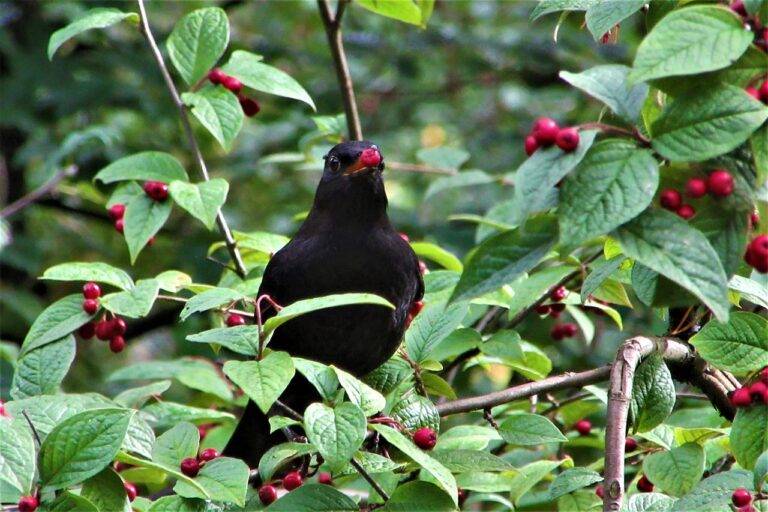The Impact of Seasonal Changes on Fruit Harvests: Silverexch.com, Goldenexchange, Betbook247.com
silverexch.com, goldenexchange, betbook247.com: Seasonal changes have a significant impact on fruit harvests around the world. From the timing of blossoms to the availability of sunlight, a variety of factors influence the yields of fruit crops each year. Understanding these seasonal changes is crucial for farmers and consumers alike, as it can affect the supply, quality, and price of fruits in the market.
The Impact of Spring on Fruit Harvests
Spring is a critical time for fruit trees, as it marks the beginning of the growing season. With the arrival of warmer temperatures and longer days, fruit trees begin to wake up from dormancy and enter the blossoming stage. This is a crucial period for pollination, as bees and other pollinators help transfer pollen from one flower to another, leading to fruit development.
The timing of spring can vary from year to year, depending on factors such as climate change and weather patterns. Early springs can result in premature blossoms, leaving fruit trees vulnerable to late frosts that can damage the flowers and reduce fruit set. On the other hand, late springs can delay blossoming, leading to a shorter growing season and potentially lower yields.
The Impact of Summer on Fruit Harvests
Summer is the peak growing season for many fruit crops, as warm temperatures and ample sunlight help fruits ripen and develop their flavors. During this time, farmers must ensure that their orchards receive enough water and nutrients to support fruit growth. Droughts and extreme heatwaves can stress fruit trees, leading to smaller fruits or even crop failure.
In addition to weather conditions, pests and diseases are also more prevalent during the summer months. Farmers must be vigilant in monitoring their orchards for signs of infestation and take proactive measures to protect their crops. Integrated pest management practices, such as using beneficial insects and organic sprays, can help mitigate the damage caused by pests and diseases.
The Impact of Fall on Fruit Harvests
Fall is the time when many fruits reach their peak ripeness and are ready for harvest. Apples, pears, and grapes are just a few examples of fruits that are commonly harvested in the fall. As the days grow shorter and temperatures begin to cool, fruit trees prepare for winter dormancy by storing energy in their roots and branches.
Timing is crucial during the fall harvest, as fruits must be picked at the peak of ripeness to ensure optimal flavor and shelf life. Many fruits are also sensitive to cold temperatures, so farmers must harvest them before the first frost to prevent damage. Storage conditions are also important, as fruits must be kept in cool, dark environments to maintain their freshness.
The Impact of Winter on Fruit Harvests
Winter is a dormant period for fruit trees, during which they conserve energy and prepare for the next growing season. While fruits are not actively growing during this time, winter weather can still impact fruit trees in several ways. Heavy snowfall and ice storms can damage branches and limbs, reducing the tree’s overall productivity.
In colder regions, fruit trees may require additional protection against freezing temperatures. Farmers can use techniques such as covering trees with blankets or using heaters to prevent frost damage. Pruning during the winter months is also essential, as it helps shape the tree and promote healthy growth in the spring.
FAQs
Q: How do seasonal changes affect the availability of fruits in the market?
A: Seasonal changes can impact the availability of fruits in the market by influencing the timing and yield of fruit harvests. For example, a late spring frost can damage blossoms and reduce fruit set, leading to lower yields of fruits such as apples and cherries.
Q: Why are some fruits more expensive during certain times of the year?
A: The price of fruits can fluctuate throughout the year due to seasonal changes in supply and demand. Fruits that are out of season or have been affected by weather-related events may be more expensive due to limited availability.
Q: How can consumers support sustainable fruit agriculture during seasonal changes?
A: Consumers can support sustainable fruit agriculture by purchasing locally grown fruits, choosing organic options when available, and reducing food waste. By supporting farmers who use environmentally-friendly practices, consumers can help protect the health of the planet and future fruit harvests.
In conclusion, seasonal changes have a profound impact on fruit harvests, affecting everything from pollination to fruit ripening. By understanding these dynamics, farmers and consumers can better navigate the challenges of growing and purchasing fruits throughout the year. Stay informed, support sustainable agriculture, and enjoy the delicious fruits that each season has to offer.







